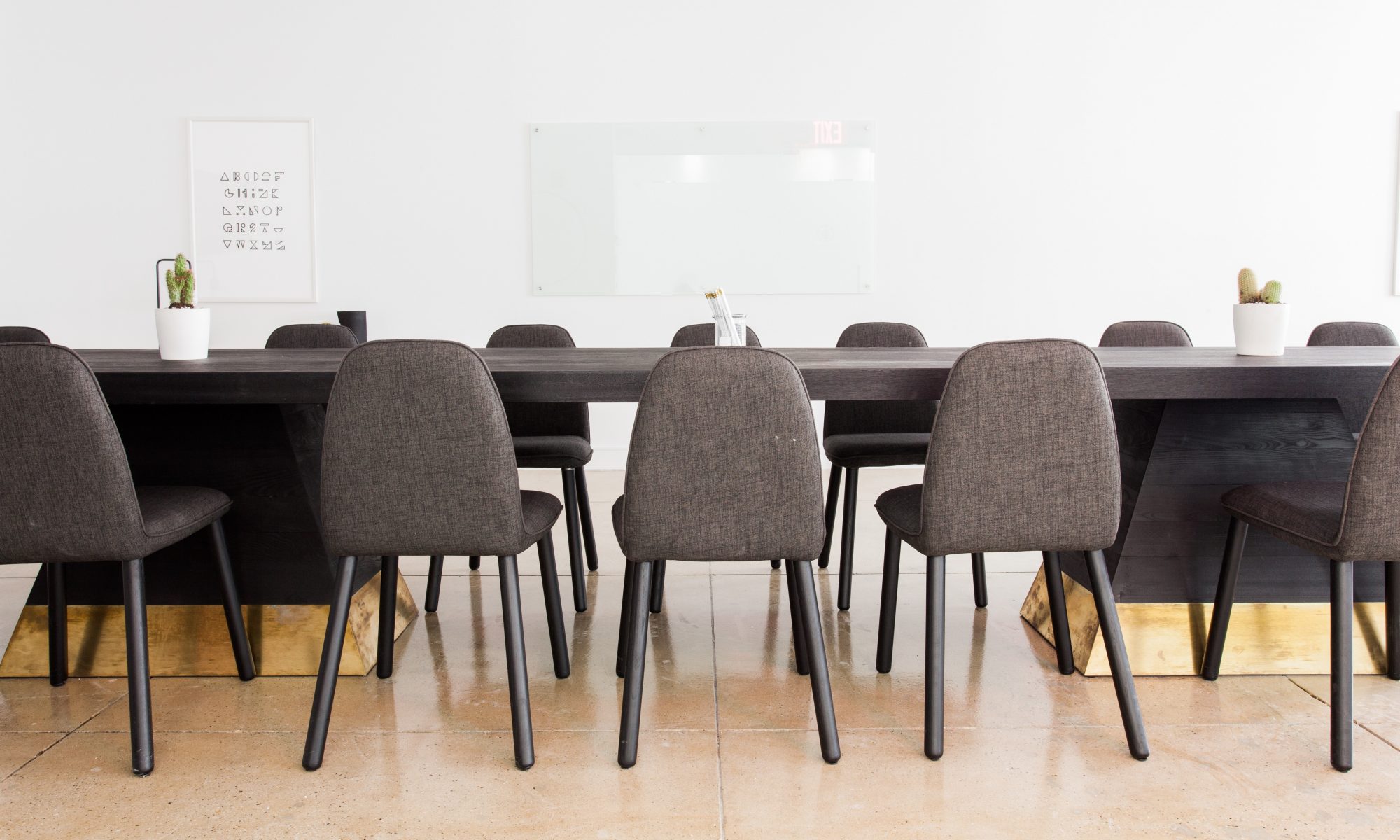
Dotting a few candles around a room, especially at this time of year, always makes me feel joyful. Life is just a bit more magical when you add in some soft, flickering candlelight. So it’s good to know a few simple tricks for when there are inevitable candle wax spills.
As a general rule, you will either want to apply heat or freezing temperatures to the wax to help remove it. If you can fit the item in the freezer (and it’s not going to damage the item!) the best option is to let the wax freeze and then break it off. It should come away cleanly leaving little residue.
Wooden surfaces
The key is to warm the wax enough to be able to wipe it off or gently scrape it off without damaging the wood. Use a hairdryer at a distance to heat the wax and something like stiff card to scrape (avoid using anything too hard as it may damage the wood). If the wax leaves a residue then using your regular wood polish should help to remove it.
Baths and sinks
You can be a little firmer with the surfaces of sinks and baths. Use an old bank card or shop reward card to scrape the wax away once it has hardened. Knives and metal objects may cause damage so it’s best to avoid these.
Carpets
The best way to remove wax from a carpet is to lay a paper bag or a few sheets of baking parchment over the spill and go over it with a warm iron. Press down gently and as the wax melts the paper will soak it up.
Fabric
If the fabric item is small enough then it’s best to put it into the freezer to let the wax harden and then break off as much as you can. After this you can use the same method as for carpets. (Or go straight to this step if you’re not able to fit the item in the freezer.) Applying gentle heat and pressure with a warm iron until the wax is all picked up.
Painted walls
First of all try to scrape as much of the wax as you can from the wall using something stiff like a bank card that is not going to damage the wall. After you’ve removed as much as you can, use the warm iron method from above. You may need to try a few times and use kitchen paper for extra absorbency depending on the type of paint on your wall. If a greasy stain still remains then try gently blotting the wall with a mix of 1 part white vinegar and 3 parts warm water.
